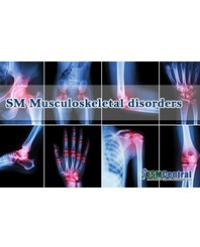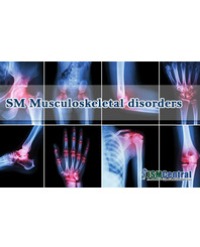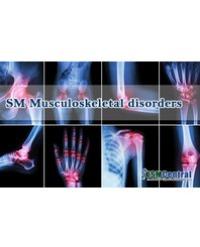Dupuytren’s Contracture (DC) is a fibro-proliferative tumor according to ICD 10 - fascial fibromatosis of unknown etiology (M 720), accompanied by a stable bending contracture of fingers. In CD in the postoperative period extremely high rate of surgical complications is observed: intraoperative (injury of blood vessels, nerves, tendons), general postoperative (hematoma, necrosis, odema, stiffness, etc.), late postoperative (recurrence, spread, progression). In the last case according to the data of different authors, complications frequency is depend upon the degree (from partial up to the total) and the accuracy of excision of the affected aponeurosis ?almaris. One of the problems in choosing the type of operation and technology is the complexity of the cutoff determination boundaries of the affected CD. Up to now there is no suitable for use in the practical CD surgery algorithm of the affected aponeurosis ?almaris spread non invasive visualization in a particular patient. The most appropriate method for the solution of this problem is a method of MRI. The technology of identifying the boundaries of surgery of the affected aponeurosis palmaris in Dupuytren’s contracture by means of MRI has been elaborated. It has been shown that MRI is a highly informative method in the assessment of topographic anatomy of aponeurosis palmaris in normal and CD states. PD, T1, T2 - weighed images allow objectively to visualize the border areas of the affected aponeurosis in I - III stages of CD. PD fsat (fat tissues signal saturation) MRI mode is not recommended for use.
Baikeev RF¹, Mikusev GI², Osmonaliyev IZh², Zakirov RH² and Afletonov EN²*





